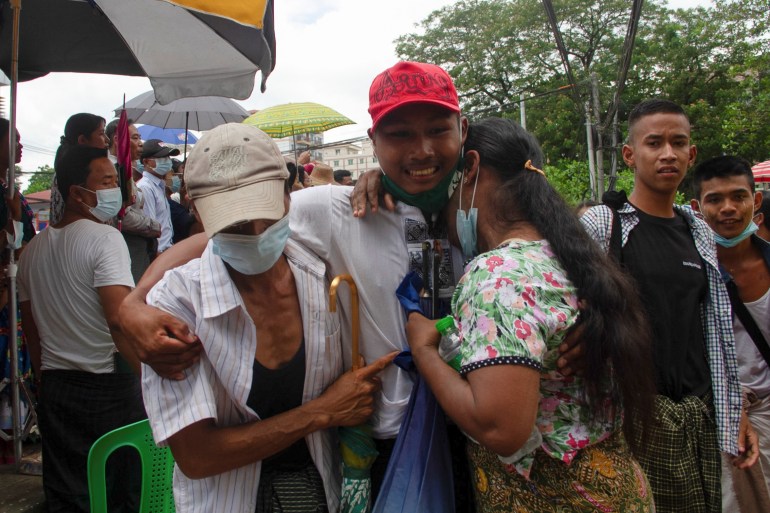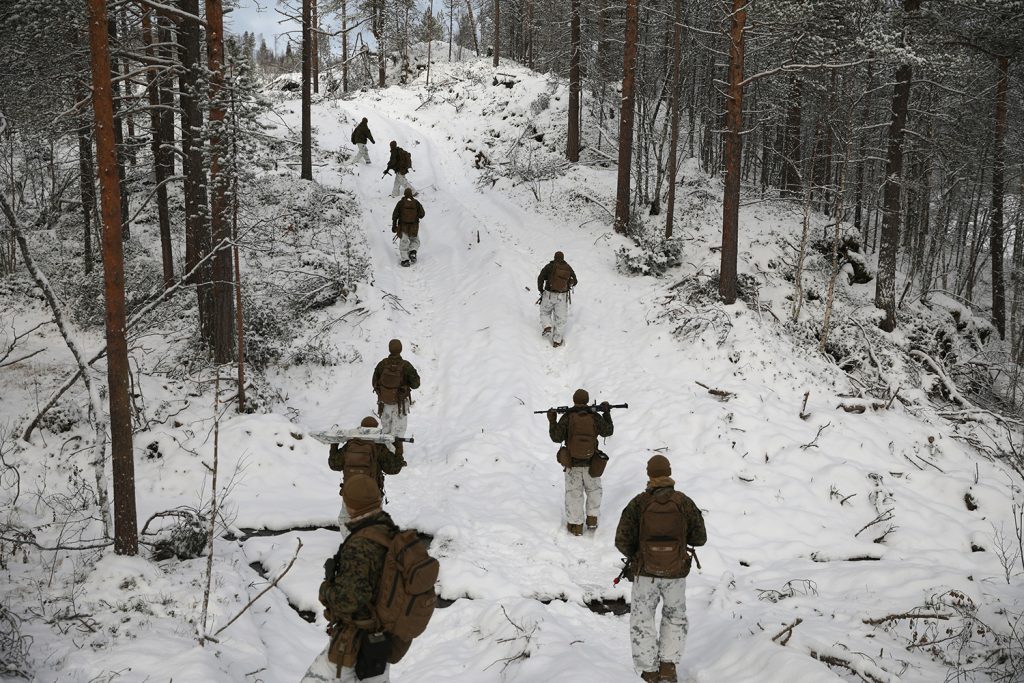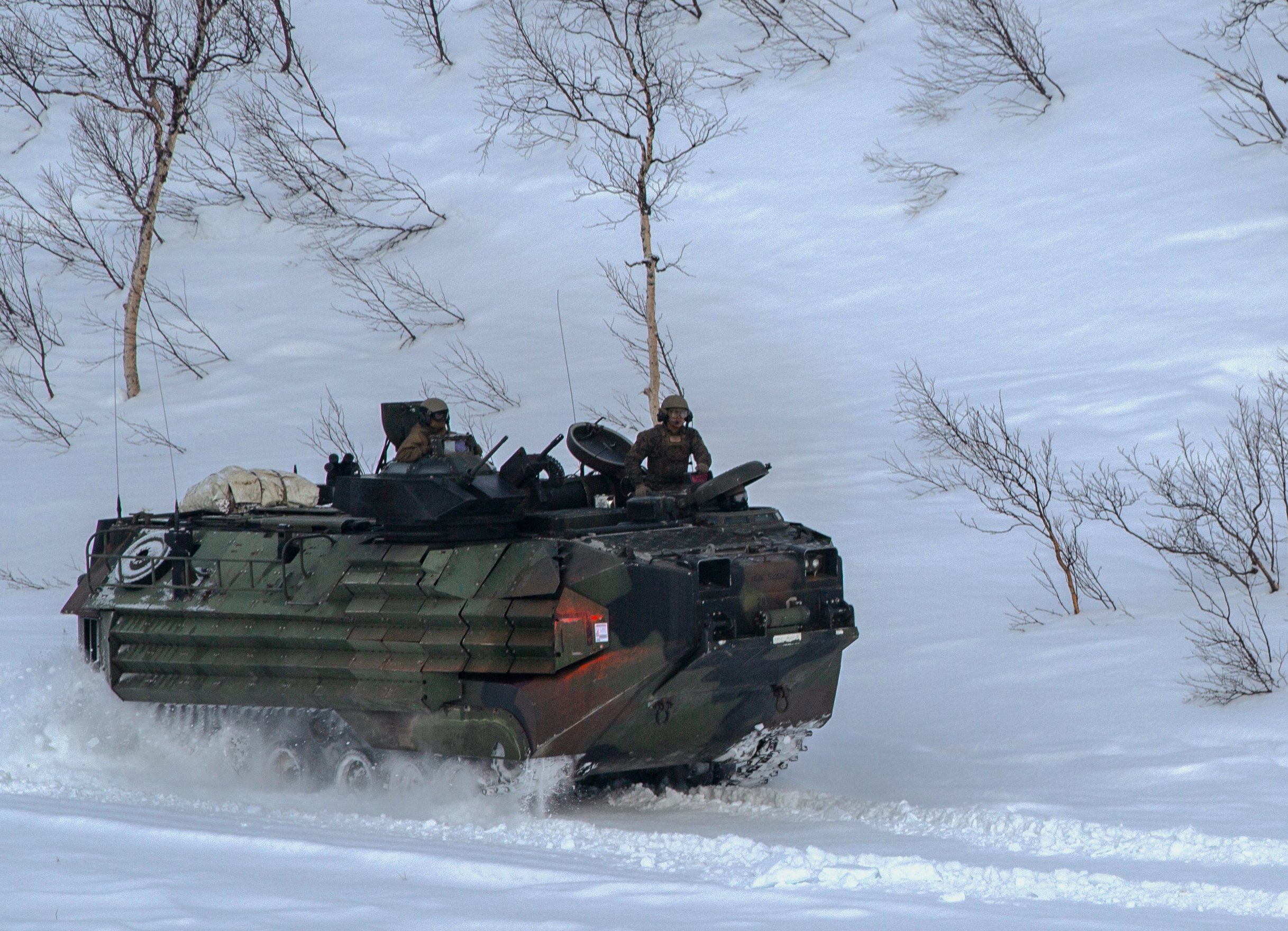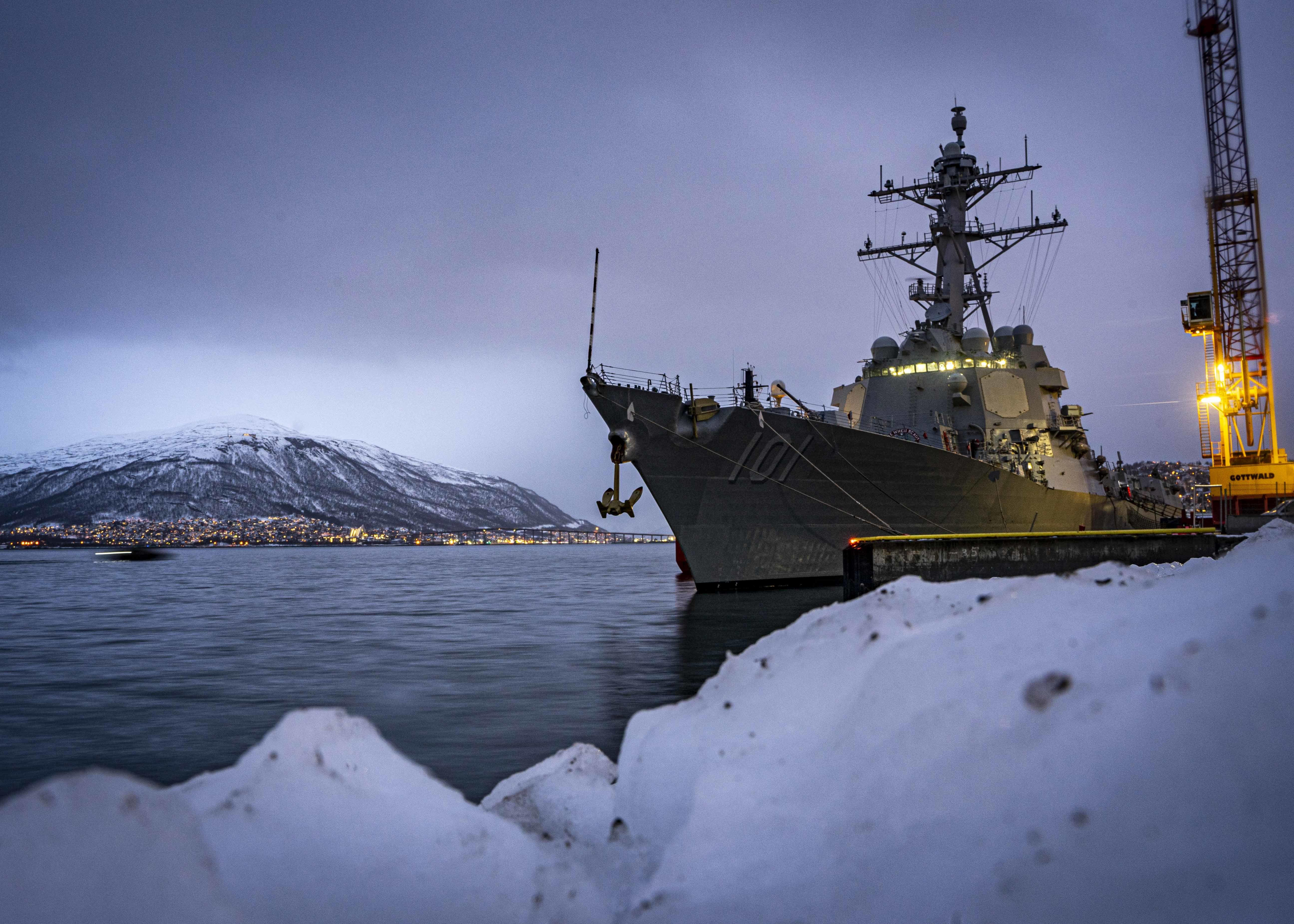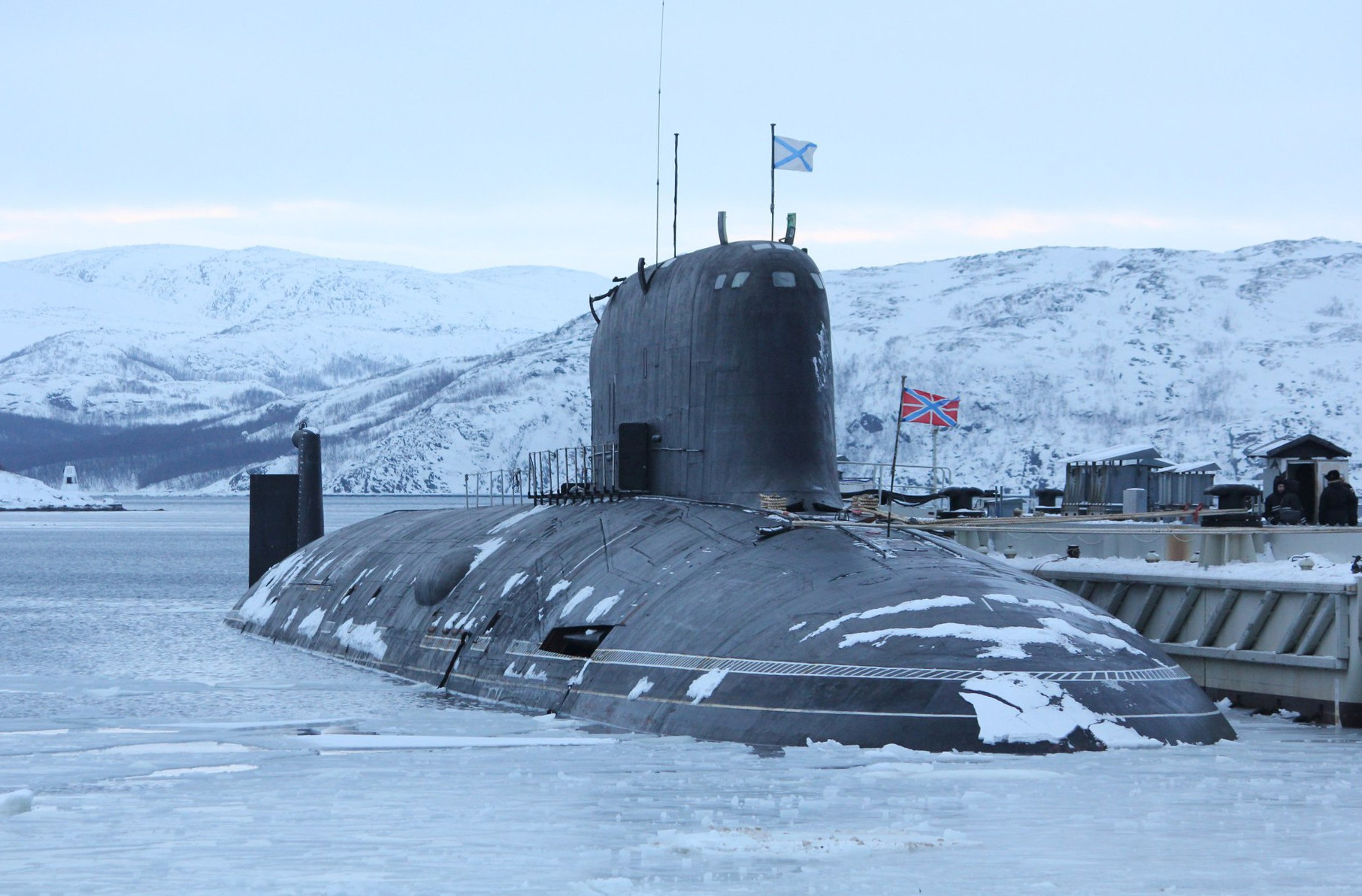Yukon Wolves Survived Ice-Age Extinction Thanks to Changes in Their Diet
Gray wolves (Canis lupus) from the Yukon Territory, Canada, survived the extinction at the end of the last Ice Age by adapting their diet over thousands of years — from a primary reliance on horses (Equus sp.) during the Pleistocene, to moose (Alces alces) and caribou (Rangifer tarandus) today.
Gray wolves take down a horse on the mammoth-steppe habitat of Beringia during the Late Pleistocene, around 25,000 years ago. Image credit: Julius Csotonyi.
A research team led by Dr. Danielle Fraser from the Canadian Museum of Nature, Carleton University, and Smithsonian National Museum of Natural History, investigated if and how diets of Yukon gray wolves changed from the Pleistocene (50,000 to 26,000 years ago) to the recent times.
“We can study the change in diet by examining wear patterns on the teeth and chemical traces in the wolf bones,” said Zoe Landry, a student at Carleton University.
“These can tell us a lot about how the animal ate, and what the animal was eating throughout its life, up until about a few weeks before it died.”
Dr. Fraser, Landry and their colleagues relied on established models that can determine an animal’s eating behavior by examining microscopic wear patterns on its teeth.
Scratch marks indicate the wolf would have been consuming flesh, while the presence of pits would suggest chewing and gnawing on bones, likely as a scavenger.
The analysis showed that scratch marks prevailed in both the ancient and modern wolf teeth, meaning that the wolves continued to survive as primary predators, hunting their prey.
Their modern diet is well established; the diet of the ancient wolves was assessed by looking at the ratios of carbon and nitrogen isotopes extracted from collagen in the bones. Relative levels of the isotopes can be compared with established indicators for specific species.
The results showed that horses, which went extinct during the Pleistocene, accounted for about half of the gray wolf diet. About 15% came from caribou and Dall’s sheep, with some mammoth mixed in.
At this time, the ancient wolves would have co-existed with other large predators such as scimitar cats and short-faced bears.
The eventual extinction of these predators could have created more opportunity for the wolves to transition to new prey species.
“This is really a story of Ice Age survival and adaptation, and the building up of a species towards the modern form in terms of ecological adaptation,” said Dr. Grant Zazula, a paleontologist with the Palaeontology Program of Government of Yukon.
The team’s paper was published in the journal Palaeogeography, Palaeoclimatology, Palaeoecology.
_____
Zoe Landry et al. 2021. Dietary reconstruction and evidence of prey shifting in Pleistocene and recent gray wolves (Canis lupus) from Yukon Territory. Palaeogeography, Palaeoclimatology, Palaeoecology 571: 110368; doi: 10.1016/j.palaeo.2021.110368







